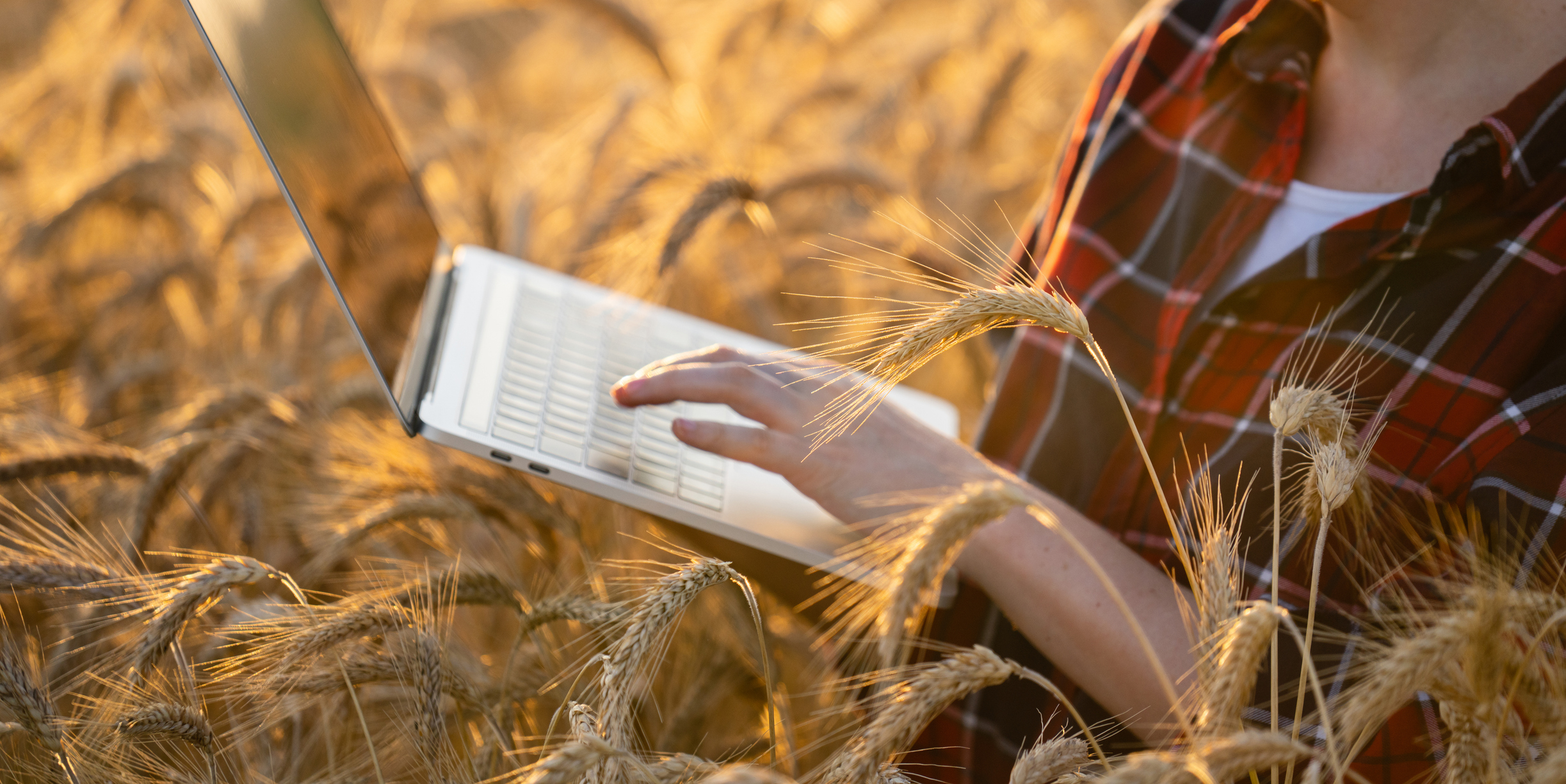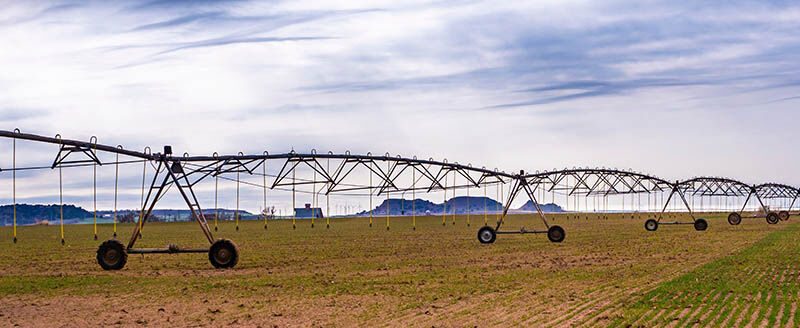5 ways to get on board with farm data


You could probably generate a million points of data from your farm or livestock operation if you wanted to.
Fertilizer applications, yields, equipment performance and cattle weights are parts of the operation that could produce valuable data. You could also capture important granular information on water use, labor costs, financial records, land mapping, soil samples—well, the list goes on.
Data capture
Data capture is increasingly key to gaining deeper farm insights and making good decisions. In fact, demand for detailed farm data will likely increase in the years ahead.
Already, buyers, lenders, regulators, the U.S. Department of Agriculture’s Farm Service Agency, insurance companies and alternative revenue sources, such as carbon credits, are seeking more detailed farm management data. We’re also seeing more pressure from agriculture’s capital providers to address sustainability and traceability records.
Environmental, social and governance records and reports are other concerns. In the European Union, farmers now have to report on every livestock animal from birth to death. That’s a signal for American producers about your data-gathering future.
Capturing across-the-board data is complex work. Yes, there are farm management systems that connect the data dots by aggregating your ag practices and activities, but busy producers may hesitate when faced with the learning curve, the deep dives of understanding data capture and even the prospect of data overload.
Data journey
That’s why it’s easier to start your data journey with a few clear goals. Consider these:
- Focus your data-capture attention on where you want to make improvements. “Invest in data capture for the things you want to change,” said Alex Breitinger, a principal and innovation leader with Pinion, LLC. “Measure the things you want to be tracking.” Is it the rate of weight gain on your cattle after changing your feed mix? Is it the outcome of a major agronomy or equipment change? Analyze the before and after data. The right data capture can be priceless.
- Make use of the systems you’re already using in your daily operations. “Look at the software, the technology pieces you’re already comfortable with,” Breitinger said. “If you’re going to add a new form of data capture, ideally it will talk to the things you already use.” If it doesn’t, are you willing to invest the time to learn the new system and make use of the data?
- See your farm’s data as a valuable asset. Learn to interpret and apply the data. Use it. Don’t ignore the data because you don’t know what to do with it. “If you getting nothing out of it, you’re wasting your time with it,” Breitinger said. If you don’t know what to do with the data, ask for help. It can make a great learning opportunity for others in your operation to try and make sense of the data and understand how it could impact the farm. “Getting value out of your business’s data is easier now than it was 10 years ago,” he said. “Data is more interconnected.”
- Be cautious about sharing your data. Your operational data is more important to you than to anybody else, but that doesn’t mean you should give it away.“The average producer both undervalues his data and data privacy and way overvalues what they think it’s worth,” Breitinger said. “Your data is valuable to other people, but it’s also not worth millions of dollars.” Be aware of whom you’re sharing your data with. You might be promised something free in return for turning over your data, but be mindful of what they might do with it.
- Understand that data can be wrong. Just because it comes faster and in a fancy report doesn’t mean it’s right. Maybe an employee forgot to turn on the equipment GPS one day. Or someone set the metrics to pounds instead of gallons. That will skew the data and results. Part of the data journey is investing time in making sure the information is right and fixing the problem that created it. “It’ll be rough to start, but it gets a lot easier once you fix the underlying issues,” Breitinger said.
Progressive farm offices that capture, understand and apply the diverse data of their businesses are gaining greater clarity to make better decisions. It may be an old-school thought, but I’m a firm believer that if you can’t measure it, you can’t manage it. I recommend you get on board with your farm data. If you’re reluctant to start the journey, seek expert help. Remember, even the longest and most difficult ventures begin with one first step.
Editor’s note: Maxson Irsik, a certified public accountant, advises owners of professionally managed agribusinesses and family-owned ranches on ways to achieve their goals. Whether an owner’s goal is to expand and grow the business, discover and leverage core competencies or protect the current owners’ legacy through careful structuring and estate planning, Irsik applies his experience working on and running his own family’s farm to find innovative ways to make it a reality. Contact him at [email protected].


